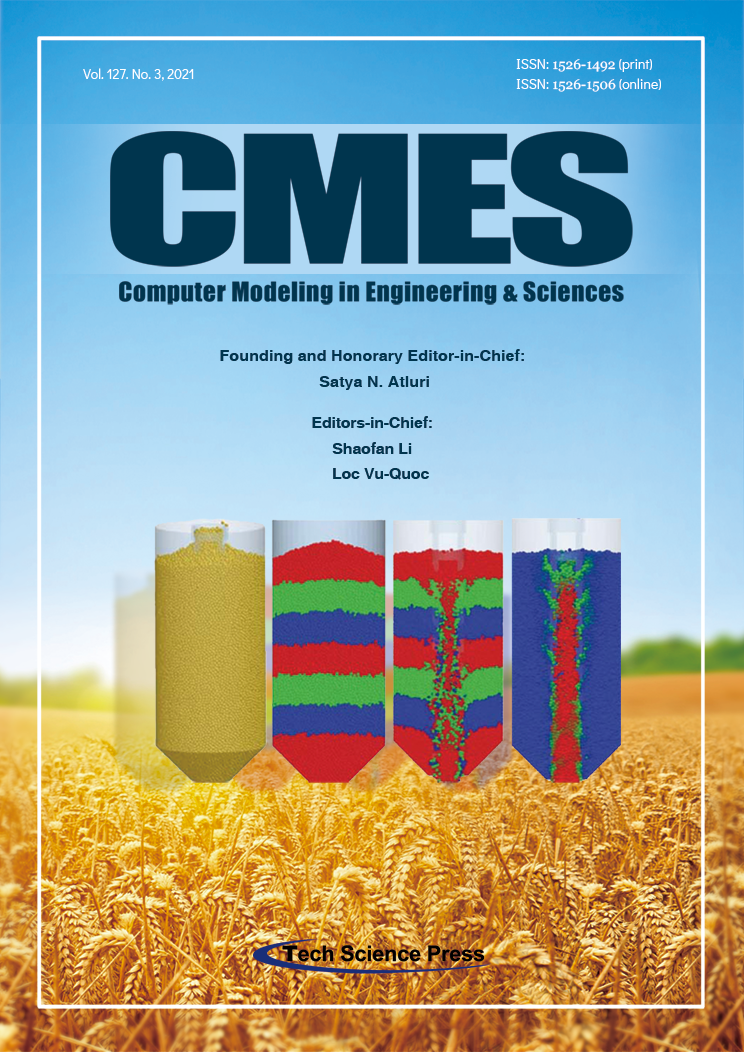PotholeEye+: Deep-Learning Based Pavement Distress Detection System toward Smart Maintenance
Juyoung Park1,*, Jung Hee Lee1, Junseong Bang2,3
CMES-Computer Modeling in Engineering & Sciences, Vol.127, No.3, pp. 965-976, 2021, DOI:10.32604/cmes.2021.014669
- 24 May 2021
(This article belongs to the Special Issue: HPC with Artificial Intelligence based Deep Video Data Analytics: Models, Applications and Approaches)
Abstract
We propose a mobile system, called PotholeEye+, for automatically monitoring the surface of a roadway and detecting the pavement distress in real-time through analysis of a video. PotholeEye+ pre-processes the images, extracts features, and classifies the distress into a variety of types, while the road manager is driving. Every day for a year, we have tested PotholeEye+ on real highway involving real settings, a camera, a mini computer, a GPS receiver, and so on. Consequently, PotholeEye+ detected the pavement distress with accuracy of 92%, precision of 87% and recall 74% averagely during driving at an average speed of
More >




 Submit a Paper
Submit a Paper Propose a Special lssue
Propose a Special lssue